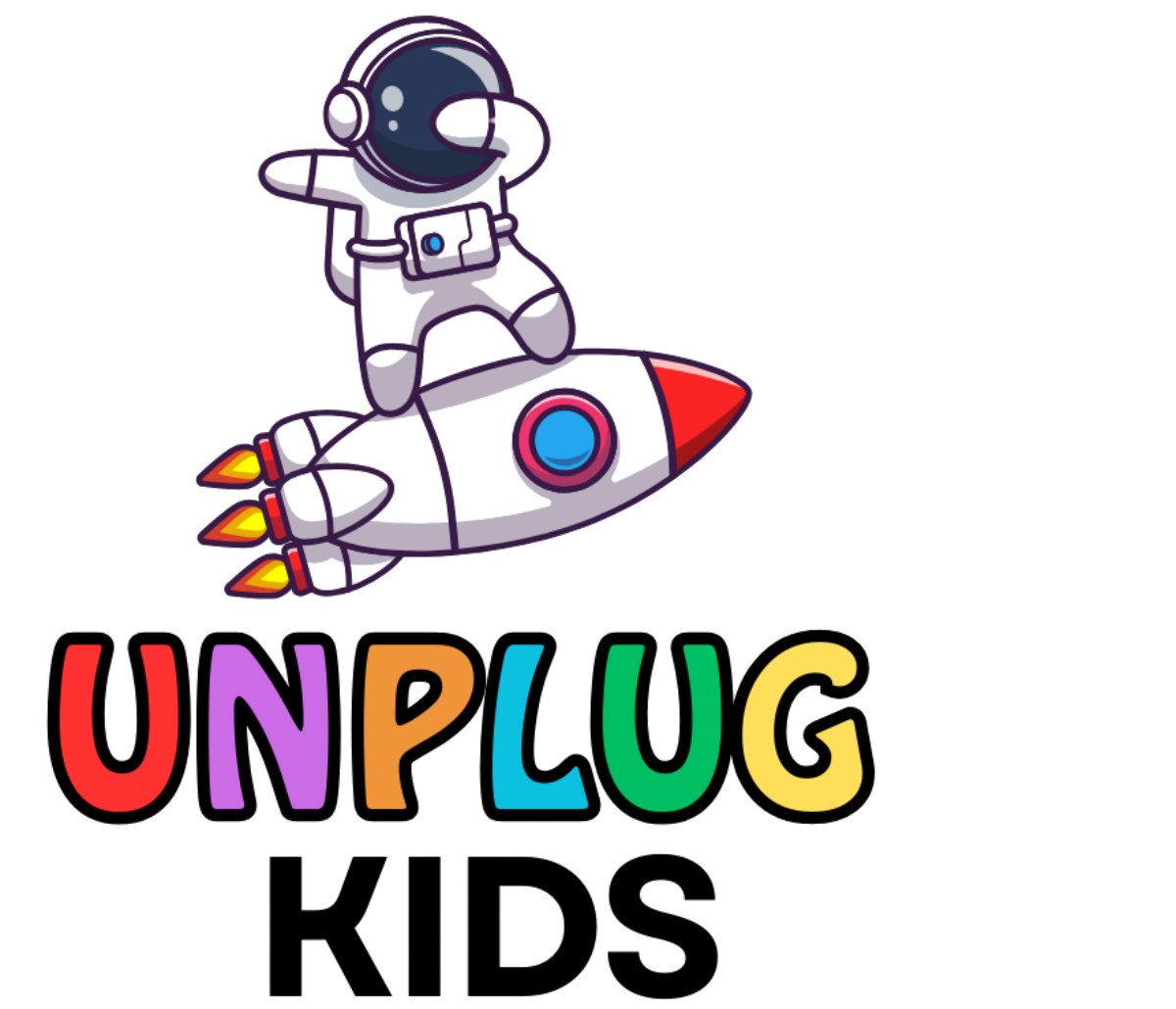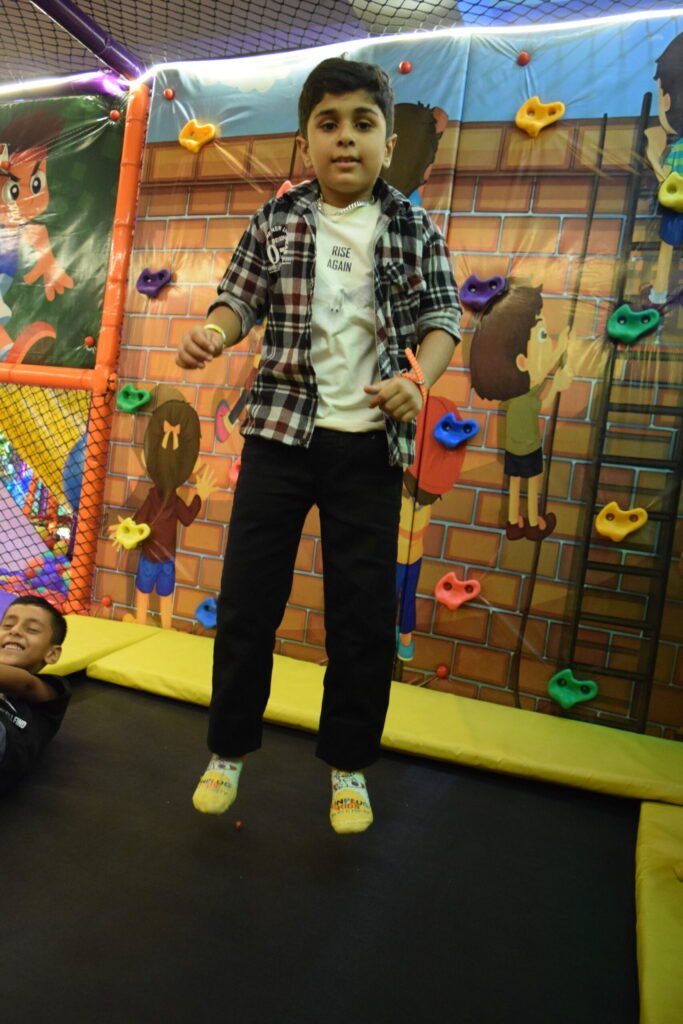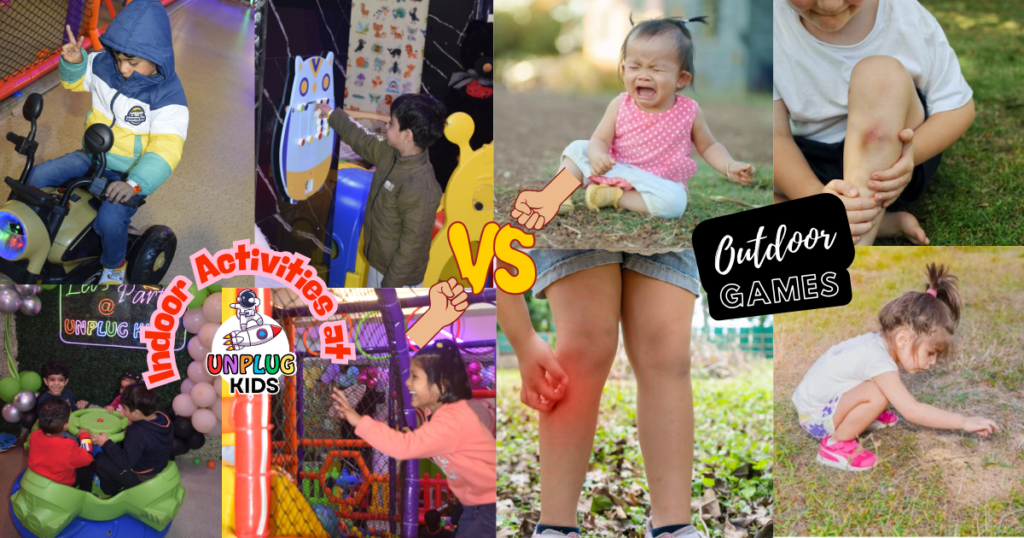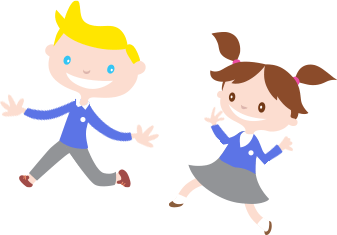Why Trampoline Exercises Are Great for Kids
Trampolining is not just about jumping—it’s a full-body workout that enhances core strength, reflexes, and balance. Unlike rigid sports, trampoline workouts engage multiple muscle groups, improving a child’s spatial awareness, coordination, and stability. The constant movement challenges their body to adjust and control movements, making it one of the best screen-free activities for kids.
Motor Skills Development Through Trampoline Workouts
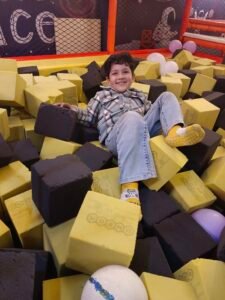
Engaging in trampoline workout for kids helps develop both gross and fine motor skills:
Gross Motor Skills: Jumping, flipping, and bouncing strengthen leg muscles, core stability, and postural control.
Fine Motor Skills: Balancing, adjusting jumps, and landing correctly improve coordination, reflexes, and control.
Trampoline workouts also enhance balance by forcing the brain to react quickly to changes in movement. This strengthens neural pathways, helping kids improve reaction times, body awareness, and agility.
Fun Trampoline Games for Kids
To make trampoline activities even more engaging, try these trampoline games for kids:
Balance Challenge – Have kids jump on one foot to build stability training skills.
Simon Says – A fun way to incorporate different movements and improve coordination.
Bounce & Catch – Toss a ball while jumping to improve hand-eye coordination.
Trampoline Yoga – Helps build core stability and flexibility while having fun.
A Healthy Alternative to Screen Time
Trampolining provides a healthy playtime idea that keeps children entertained while improving their physical activity levels. It’s an excellent way to encourage a digital detox while promoting active, social play.
By introducing indoor fun for kids through trampolining, parents can ensure that children stay engaged, develop essential motor skills, and improve their overall health—all while having a blast!
Also Read on Wikipedia: Early trampoline-like devices
